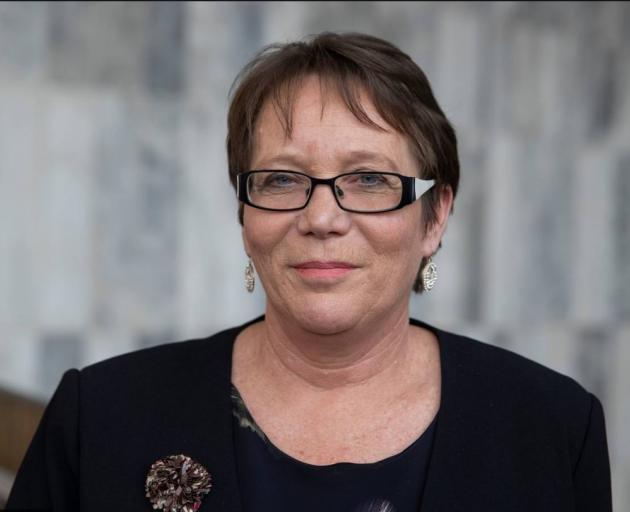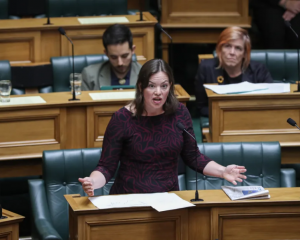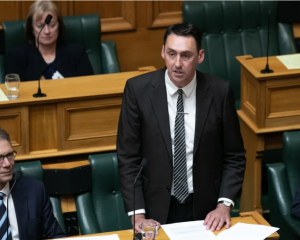
New rules requiring schools to file reports every time they physically restrain a child show that children were restrained 3309 times in the first 15 months after the rules came into force, an average of 13 times on every school day.
Special Education Principals' Association president Judith Nel said unruly students were a tiny minority of New Zealand's school student population, but the level of violence was on the rise.
A total 1695 individual students have been restrained since the rules took effect - about 0.2 per cent, or one in 500, of the country's 809,000 school students.
"We need to address that population because really it's a small number of children across the schooling sector that is creating this chaos," she said.
But Nel, who needed 23 stitches in her head after a student pushed her into a doorway in 2016, said violence was increasing because of weaker parental control, poorly trained teachers, more students on the autistic spectrum and a push for large, noisy multi-teacher spaces.
"Children need different support structures when they get to school because at home they are not given guidelines the way we were," she said.
"You also have the children and young people for example on the autistic spectrum, and the structures in schools are no longer in place that used to be there that could moderate such behaviours, particularly now that we have open classrooms, the new learning environments. For a young person on the spectrum, that is extremely challenging.

A speech therapist who has worked in several special schools for 14 years said staff were struggling to cope on budgets that had not kept up with increasingly complex needs.
"One of our teacher aides was bowled over on the playground and her head was half-scalped," she said. "We call the police regularly."
Details provided under the Official Information Act show that the country's 37 special schools, which have only 0.5 per cent of all students, accounted for 22 per cent of the physical restraints reported in the 15 months up to November.
Almost all other cases were in primary schools, with only 4 per cent in secondary schools where many students were too strong to be restrained.
About three-quarters involved children aged 5 to 10, spread evenly across each year of that age group. But two involved 4-year-olds who must have started school before they turned 5.
Boys were 5.5 times more likely to be restrained than girls, and Māori were 1.4 times as likely to be restrained as European students. Pacific and Asian students were restrained at below-average rates.
Staff or students were injured in a third of the restraint incidents, but the Ministry of Education said: "Typically the reported injuries are physical and appear to be fairly minor (e.g. bruises and scratches)."
Two-thirds of the incidents involved students who already had individual behaviour plans, and just over two-thirds of the staff who restrained the children had been trained in how to restrain them safely.
Nel said her school, Parkside Special School in Pukekohe, provided training to about 45 schools in the Franklin district.
Her husband, psychologist Lenard Nel, said schools actually needed training in how to prevent students becoming violent in the first place by identifying the things that triggered their violence and wrapping support around them to remove the triggers.
"The mainstream schools [in Franklin] are always phoning us and asking, We have this kid, what do we do for them?" he said.
"We have noticed in the last two years that the teachers and paraprofessionals are so much more confident in being able to deal with some of those problems that the levels appear to be coming down."
Principals' Federation president Whetu Cormick wants the law changed to let teachers restrain children when they threaten to smash windows or cause other property damage, not just when there is "serious and imminent risk" to a person which the current law requires.
"We have many stories where classrooms are being trashed and teachers and principals can do nothing about it," he said.
But documents released to the Weekend Herald show that the Education Ministry opposes any law change and proposes only minor changes to make the rules clearer and easier to use.
Associate Education Minister Tracey Martin said she had asked the ministry to look into how the rules were being applied "because schools are highlighting they are unworkable in some circumstances and parents are saying schools are now suspending their children rather than using minimal restraint and working through other options".
"We haven't got the right balance yet – neither group is happy," she said.
"A major problem is that the rules around restraint have been poorly communicated. What parents wanted to know was when their child was being restrained and minimising its use."












